I previously posted the following articles about Orkney: Orkney Islands: Italian Chapel and Kirkwall, Orkney Islands: Birsay, Gurness, Brodgar and Cuween Hill and Orkney Islands: Rousay, Cairns, Mills and Farms. This entry focuses on the island of Hoy. The island is rich in history and contains many historical and natural sights.
A ferry to the island of Hoy can be caught at Houton on the mainland, and the ferry crossing took approximately one hour. The weather was not nice during the crossing, and we had rain and wind. However, we could see mountains rising from the island, particularly on the west side. The ferry crossed the Scapa Flow, a body of water where there are countless historic shipwrecks. An excellent museum about these shipwrecks is located a few yards from the ferry port on Hoy.
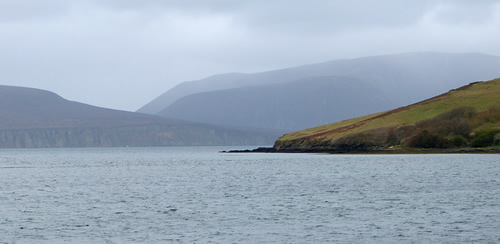
The island of Hoy from the ferry as it crosses the Scapa Flow.
After arriving on the island, we drove through moorland, and the road followed the coast and was situated on higher ground. There were good views of the island and Scapa Flow. We passed a small grave on the side of the road and in the middle of the moors, known as Betty Corrigall's grave. This is a sad story about a young lady who took her life after she became pregnant and was abandoned by her lover. This meant that her body could not be buried in a church grave. Apparently, the peat soil had preserved her body, so the officials had to put concrete above it to stop curious people from uncovering it.
On the edge of the village, I discovered an abandoned, old bus.
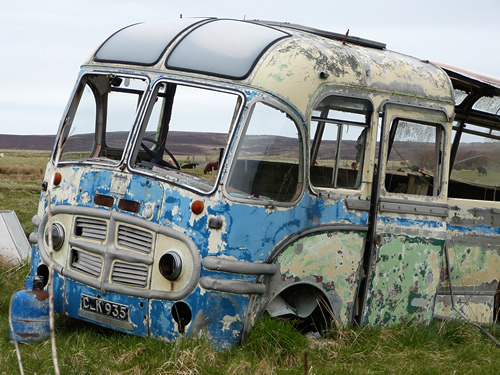
An old bus.
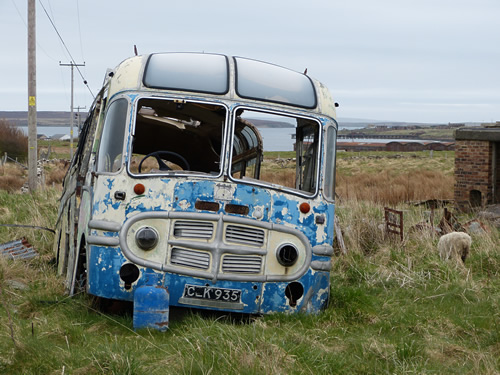
An old us.
The first point of call was the Dwarfie Stone. This is a large, Megolithic rock-cut tomb, and it is unique because the other tombs are made from stones. This one is one large block of rock, carefully carved into a tomb with two chambers and a door, which used to pivot on a stone. The door long longer pivots, but you can still see the pivot stone, and the stone door is located on the ground and in front of the entrance.
The stone is located a short walk from the road, in the valley and at the foot of a small mountain. It is accessed via a footpath.
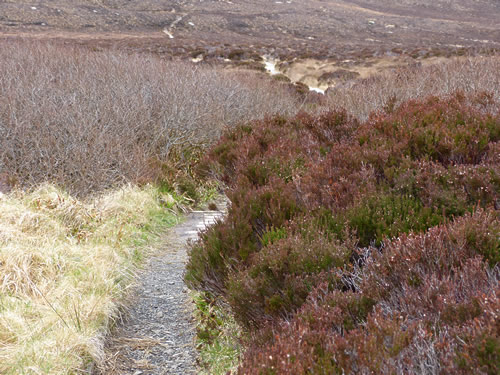
The footpath to the Dwarfie Stone
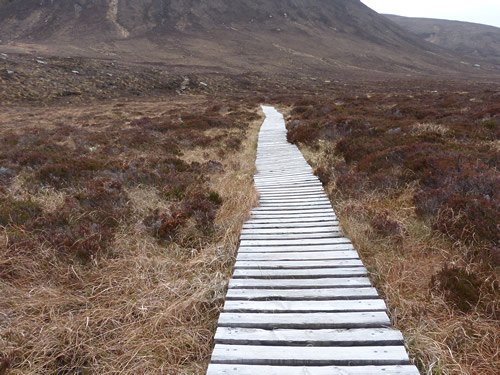
A wooden walkway across peatland.
I cannot fully describe the feeling of seeing the Dwarfie Stone. Seeing it was magical, and this made me appreciate the hard work that it must have taken someone (or perhaps there were more than one) to carve the chambers in this stone.
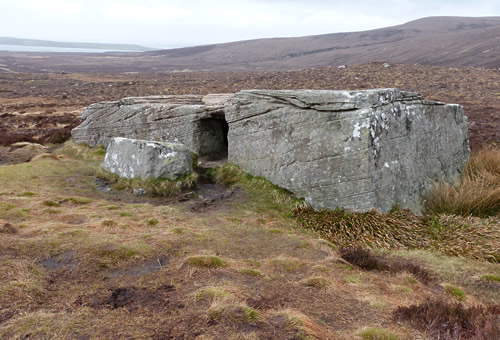
The Dwarfie Stone.
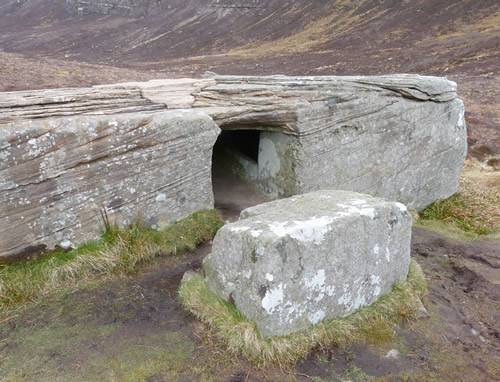
The Dwarfie Stone.
After seeing the Drawfie Stone, I went to Rackwick Bay to walk from there to the Old Man of Hoy, a large seastack. The walk took an hour to reach the Old Man. The first fifteen or twenty minutes was the most difficult as we had to walk up a very steep hill.

Starting the journey to the Old Man of Hoy.
After walking up the steep hill, we were rewarded with amazing views of the sea and the coast at Rackwick Bay.
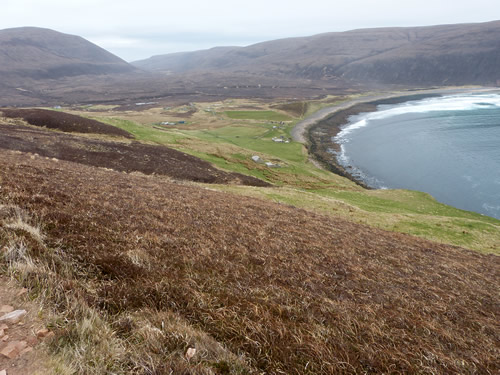
Rackwick Bay
The footpath got near to the edge of the cliff in some places.
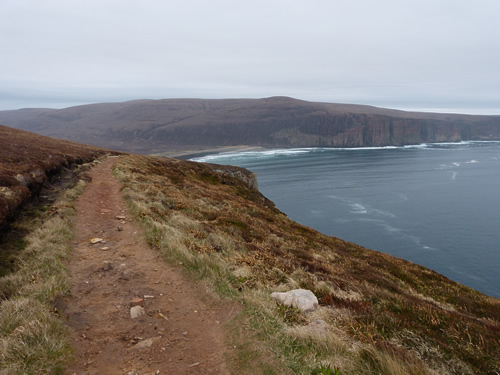
Rackwick Bay
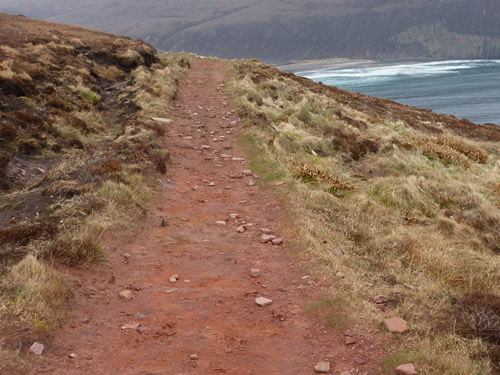
The soil on the footpath is very red, with black peat soil on the side of the footpath.
After about thirty minutes walking on the footpath, we finally caught a glimpse of the Old Man of Hoy in the distance, as we crossed the side of a mountain.
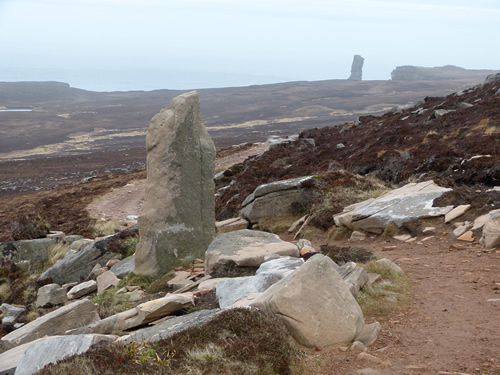
The Old Man of Hoy in the distance
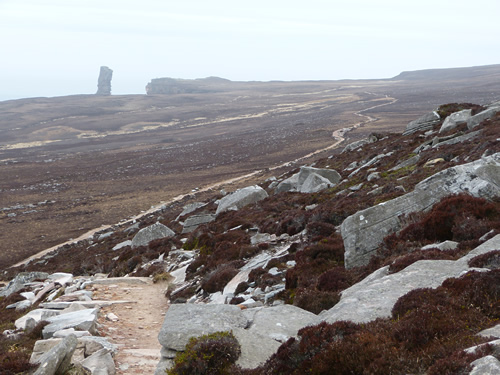
The Old Man of Hoy in the distance
Finally, we were rewarded with a view of the Old Man of Hoy from stunning sea cliffs. We were careful not to stand too close to the cliffs as they were sheer drops, and these pictures could never do this beauty justice. Apparently, some visitors could see sharks and other sea life off of the coast here, but we did not see anything.
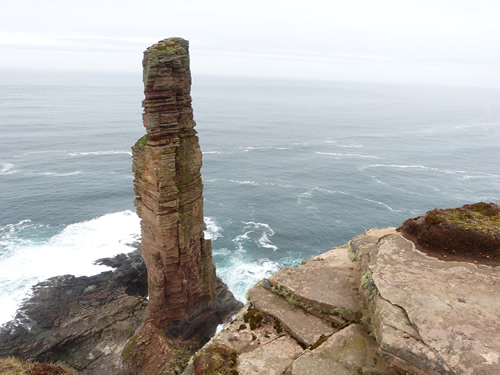
The Old Man of Hoy.
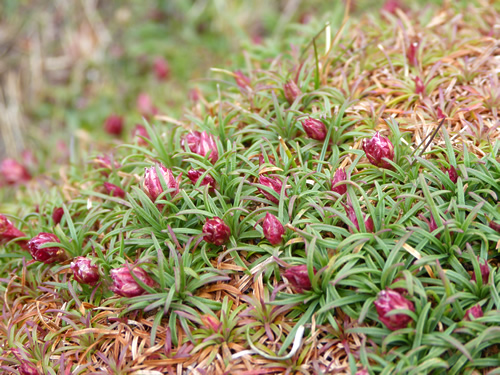
Mossy flowers near the Old Man of Hoy.
After seeing the highlight of Hoy, the Old Man of Hoy, we traveled to the other side of the island to visit the Mortello Tower. This tower was built in the Napoleonic Wars. The Scapa Flow was targeted in this war and in the wars with America in the early 1800s, and there were several of these towers scattered about Orkney Islands. Now, there's only a couple that survive.
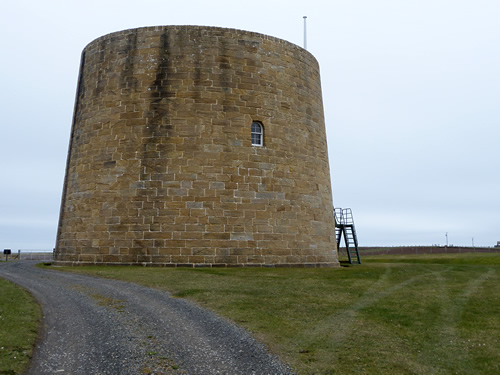 Martello Towers
Martello Towers
The final stop on Hoy was a visit to the Scapa Flow Museum. This is a fantastic museum. The museum contains shipwreck finds and information about the ships that met their fate in the Scapa Flow. A display of guns and other items from both World Wars are on display. The museum is popular as it's close to the ferry port, so the perfect opportunity is to explore the museum at the end of the trip to Hoy. I wish I had had more time at this museum as there is so much to see.
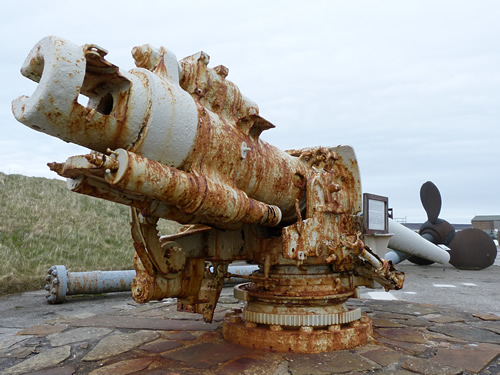
Scapa Flow Museum gun
This completes my trip on Orkney. I hope you have enjoyed it.

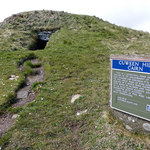
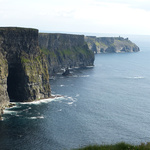
Leave a comment